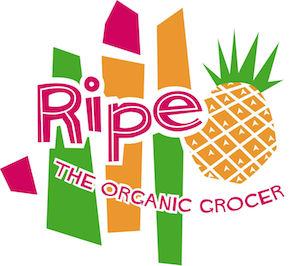Laver is the popular Scottish word for the sea vegetable that makes nori, the sheet like seaweed used to make nori rolls. When called laver, it is usually sold in its ‘sea vegetable’ form, rather than the sheets.
Laver should not be overlooked when selecting a sea vegetable, because the reason it makes such good flat sheets is because its fibres are tender when compared to other sea vegetables. This means that laver soaks up liquids very easily and so it is not so chewy to eat. Add to soups, stews or cut up yourself and add as a condiment to rice or other grain dishes.
Nori is sold as thin, flat ‘seaweed’ sheets, used for snack sized ‘nori rolls’. It is generally sold as 20 x 25 cm sheets (usually 10 per packet) and is a light green/jade colour. If the sea vegetable is sold in its ‘seaweed’ form, rather then the sheets, it is called laver.
Nori is probably our most popular sea vegetable due to its easy to use shape. Besides ‘nori rolls’, nori can also just be ripped into strips and added to most dishes at the end as a condiment. Nori does not need soaking. Instead, for a fuller flavour, it can be heated over the toaster. Most products that have added seaweed (for example, gomasio) have added small strips of nori.
Nori rolls are nori sheets filled with rice, carrot, fish, avocado, cucumber or what ever your heart desires, filled evenly and rolled. They make a great snack as they are light, not fried and are nutritious (especially if they are fresh and organic!) Having a packet of nori spare in the cupboard will save many evenings when you don’t know what to cook. Left over sheets need to be stored in an airtight container as they can quickly go stale.
Like arame and hijiki, nori is dried, boiled and dried again into sheets. It is considered the blacker the nori sheets are, the better quality (as it is the boiling and drying process that turns the sea vegetables darker).

